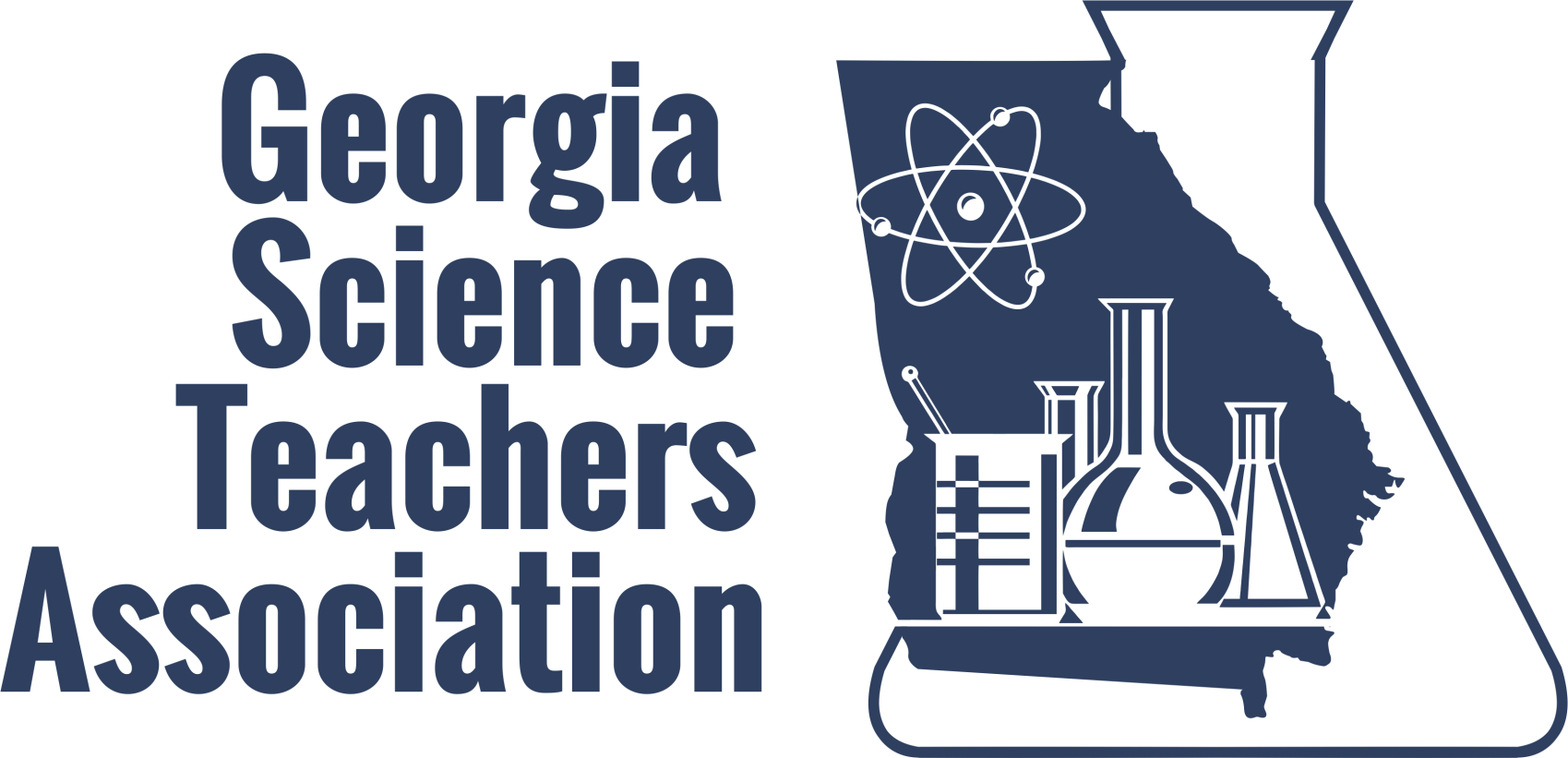Qualities of Good Phenomena to Anchor 3D Learning
| Search Phenomena | Submit Phenomena | What's the big deal about phenomena? |
What makes a good phenomenon? | Phenomenal Resources |
What makes a good phenomenon?
Leading students to make sense of and explain phenomena is central to 3D science learning, so it is critical that teachers are able to recognize educationally productive phenomena. Yet, anything that occurs in the natural world is a phenomenon. A classroom phenomenon might be a case (pine beetle infestation, building a solution to a problem), something that is puzzling (why isn’t rainwater salty?), a wonderment (how did the solar system form?), a data set that reveals an important pattern (how have the number and types of species changed over time?), a discrepant event (how can a balloon stick to a wall without adhesive?), or an engineering problem (how can we design a chemical system to produce maximum product?).
So, how can you tell a good phenomenon from an unproductive one? You should strive to select phenomena for your students to explore that meet as many of the following criteria as possible. However, you should realize that few phenomena will meet all these criteria. Criteria listed in bold italics are especially critical, though, and you should avoid phenomena that do not fulfill those particular requirements.
Qualities of a Good Phenomenon to Anchor 3D Science Learning
- Fully addresses the core ideas of one or more GSE elements
-
- An anchoring phenomenon for a coherent sequence of lessons (i.e., a storyline) should address multiple elements.
- A secondary, or lesson-level, phenomenon should fully address a single element.
- Observable to students, either through firsthand experiences or through someone else’s experiences
-
- Observable can be with the aid of demonstrations, video presentations, scientific procedures (e.g., in the lab) or technological tools and devices to see things at very large and very small scales (telescopes, microscopes) or to surface patterns in data.
- Attention getting, thought provoking and requires some explanation so that it is likely to engage all students and motivate them to focus on the GSE element(s)
-
- A phenomenon can engages students by connecting to their interests, identities, backgrounds, and prior experiences.
- Drives students to ask questions, engage in science and engineering practices, and apply crosscutting concepts as they make sense of and explain the phenomenon or develop a solution to an engineering problem
- A specific, contextualized instance that occurs in the real world and that allows students to generalize their learning across multiple, specific phenomena
- Comprehensible to students but too complex for students to explain or design a solution for after a single lesson.
-
- The explanation is just beyond the reach of what students can figure out without instruction.
- Searching online will not yield a quick answer for students to copy (i.e., not easily “Googleable”).
- Has an audience or stakeholder community that cares about the findings or products.
- Efficient in that the benefits justify any financial costs and/or time devoted to using the phenomenon with students.
Adapted from:
- Qualities of a Good Anchor Phenomenon for a Coherent Sequence of Science Lessons. by William R. Penuel and Philip Bell, Research + Practice Collaboratory
- Criteria for Evaluating Phenomena, by Ted Willard, NSTA
 Supporting Excellent Science Teaching for Georgia
Supporting Excellent Science Teaching for Georgia